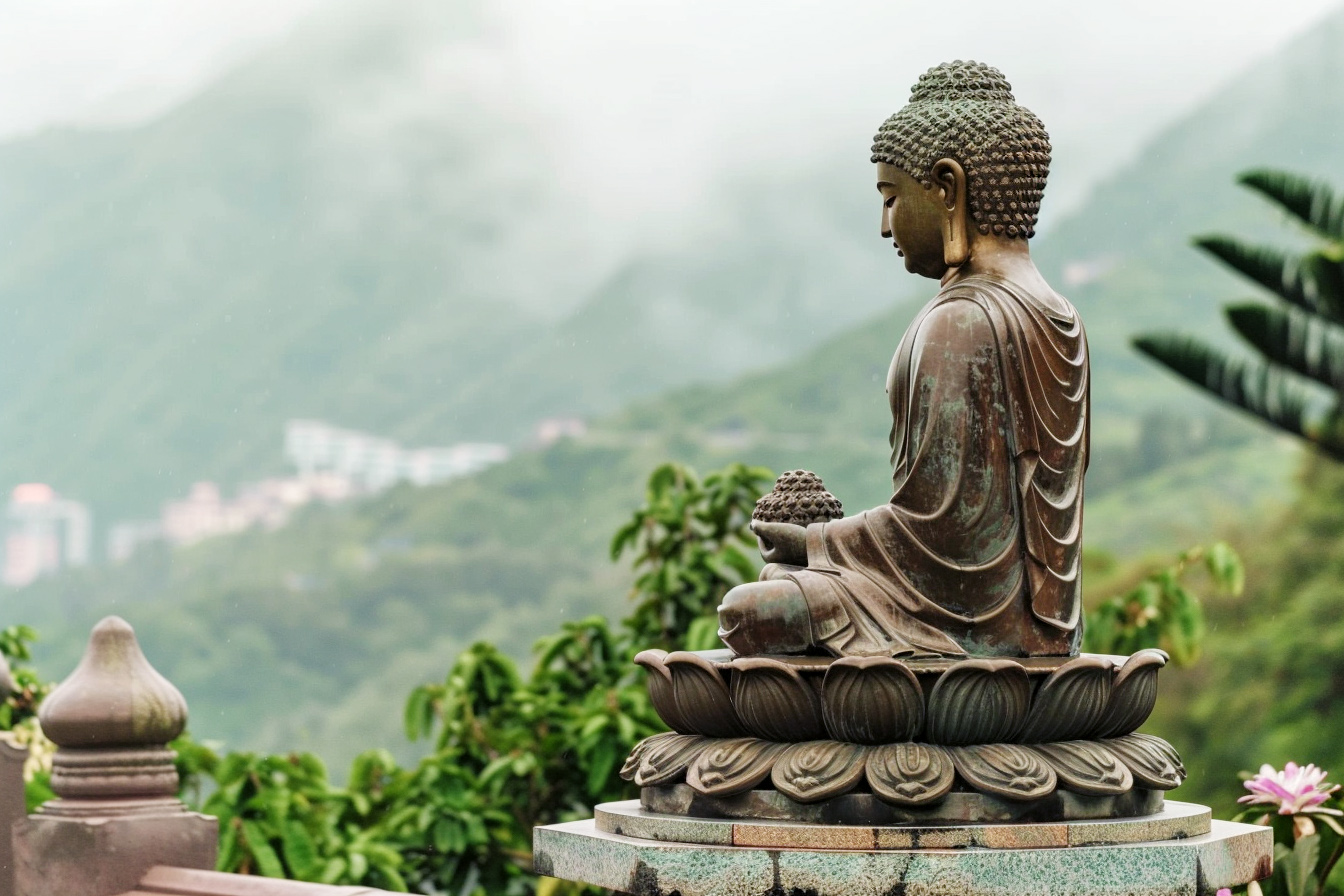Swiss psychiatrist Carl Jung’s impact on contemporary psychology cannot be overstated. Many of his theories and ideas revolutionized our understanding of the human psyche and sparked waves of self-reflection. Among his most penetrating insights relevant today is the observation that “what you resist persists.” This phrase beautifully captures the futile struggle of suppressing difficult inner experiences. According to Jung, anything we desperately avoid, deny, or reject takes on even more remarkable power over us.
This article unpacks the psychological mechanisms underlying this phenomenon. We’ll connect resistance to Jung’s influential model of the human shadow, provide real-world examples, and suggest techniques to overcome unhealthy suppression. By the end, you’ll have clear strategies to embrace the parts of yourself you once resisted. Let’s dive deeper into why our avoided demons never flee from light but from self-awareness.
Defining Psychological Resistance
In analytical psychology, resistance describes defense mechanisms blocking internal or external experiences from conscious awareness to minimize discomfort. Attempting to silence “negative emotions,” stall anxiety-provoking conversations, or halt “undesirable” personal behaviors all constitute resistance. Despite short-term relief, chronic resistance breeds only more profound suffering.
To Jung, suppressed material collects in the shadow – the unknown aspects of one’s personality. The shadow holds repressed memories, rejected weaknesses, forbidden desires, and exiled attributes deemed unacceptable by peers, caregivers, and society. Most individuals experience an ego-shadow split, identifying solely with their idealized persona while denying darker bits. But banishing our shadows only intensifies their influence. Bringing awareness to this forgotten territory is thus central to Jung’s concept of individuation – the lifelong process of integrating split fragments into cohesive selfhood.
Everyday Examples of Unconscious Resistance
Resistance disguises itself in subtle avoidance patterns that are easy to rationalize but self-sabotaging in effect:
- Procrastinating significant projects at work or postponing that difficult doctor’s visit despite possible health implications
- Outright dismissing creative ideas too avantgarde for one’s self-image or avoiding sharing opinions that contradict friends
- Spending excess hours distracting oneself online to numb anxiety rather than addressing what truly bothers us
In all cases, resistance temporarily minimizes discomfort yet prevents resolving the underlying issue. Short-term relief sabotages the long-term.
The Origin Story Behind “What You Resist, Persists”
This famous self-help slogan likely originated from Jung’s writings on the shadow’s sly workings. Through lectures, books, and conversations with clients, Jung observed people’s compulsive tendency to avoid aspects of themselves perceived as ugly, evil, or at odds with who they wish to be. Contemporary psychologists frequently cite the phrase when discussing denial’s role in addiction, depression, relationship conflicts, and creative blocks.
Yet, while the saying’s contemporary usage describes resistance’s consequences, Jung focused more on why we resist in the first place. He felt resistance arises from an inner battle between seeing ourselves plainly and upholding an idealized identity. Glimpsing darkness in the mirror confronting our flaws and contradictions threatens the ego’s preferred self-perception. Banishing our faults to shadows maintains a pristine self-image yet keeps us chained to internal duality. Wholeness requires integrating light and dark.
As Jung said, “That which we do not bring to consciousness appears in our lives as fate.” Refusing self-reflection invites untold suffering.
The High Costs of Chronic Resistance
Resistance may grant temporary relief by self-medicating anxiety but ultimately shatters lives hostage to avoidance. Consider how suppression warps all realms of society:
- Emotional turmoil: Resisting sadness or anger denies catharsis. Suppressed emotions accumulate as chronic stress, awaiting release.
- Stunted growth: Hiding insecurities avoids temporary discomfort at the cost of self-actualization. Procrastination is resistance to progress.
- Fractured relationships: Rejecting vulnerability fosters isolation. Hiding shame perpetuates suffering.
- Loss of creative freedom: Fearful of expressing their personalities, resistant artists sacrifice inspiration for conformity. What would society lose if Frida Kahlo resisted her pain or Nina Simone her righteous anger?
In all domains, the short-term high resistance promises leave merely a Pyrrhic victory destined to fail. Avoidance is slow suicide.
Tactics to Overcome Resistance’s Seductive Pull
Now that we’ve surveyed resistance’s disastrous impacts, let’s explore methods to overcome avoidance. Each approach aims to enhance self-awareness as the antidote to habitual suppression:
- Mindfulness meditation: Focused attention on the present moment exposes automatic resistance patterns the ego clings to, clarifying why you turn away and what you avoid seeing.
- Reflective journaling: Writing down feelings, dreams, and daily dramas reveals recurring themes, suppressed beliefs, and avoided situations. Putting problems into words dispels inner fog.
- Embracing shadow work: Resolve to acknowledge rather than hate the parts of yourself society demonizes, like anger, selfishness, or vulnerability. Accept all within you with compassion to dismantle inner duality. Integration heals division.
- Unburdening to trusted allies: Confiding suppressed memories or discussing secret vices with open-minded friends or therapists robs avoidance of its control. Speaking truth dispels illusion.
Each small act of leaning into resistance builds courage for more extraordinary self-revelation until your dark and light merge. Wholeness awaits.
Case Study: Transforming Fear Into Flow
Amanda resisted sharing original compositions with anyone for years, fearing criticism would shatter her self-worth. Though amassing over 50 brilliant demos, she hid them, avoiding judgment by severing creative ties to her soul. Over time, Amanda’s social circle eroded as isolation exacerbated her depression.
- In therapy, Amanda traced current failures to childhood memories of harsh parents punishing imperfection. She realized a core belief took root – “I must be flawless to be lovable” – splitting her psyche between crushingly high standards and abyssal self-doubt.
- Through practicing mindfulness, Amanda learned how resistance protected perfectionist illusions yet killed inspiration. Begrudgingly, she vulnerably shared a few demos with close friends who, rather than criticize, expressed awed support. Gradually, Amanda transformed her inner critic’s voice from “I’m an artist only if flawless” to “I’m an ever-learning artist imperfect like all beings.”
- Relinquishing impossible standards, Amanda now channels creative flow, not resistance. Just last year, she self-produced her first album, which debuted in the top 100 pop charts. When interviewed about overcoming creative resistance, she remarked: “What I most resisted seeing in myself became my greatest strength.”
Key Takeaways
- Resistance arises from the ego’s avoidance of experiences or emotions threatening self-image.
- Left unchecked, chronic resistance causes anxiety, stagnation, and fractured relationships.
- Jung felt integrating ego with shadow was central to individuation and inner freedom.
- Tactics like mindfulness, reflective writing, and vulnerability counteract suppression.
- By compassionately engaging with resistance, we reclaim our agency from fear’s paralysis.
Conclusion
As we have seen through Jung’s incisive observation about the futility of resistance, what we avoid inwardly will inevitably persist outwardly. Suppressing unpleasant emotions, insecurities, or past trauma only lends them strength in our lives.
Courageous self-awareness remains our mightiest ally—each small act of acknowledging our avoided wounds and fractured truths chips away at resistance’s foundation. We dismantle deeply embedded defenses by continually catching ourselves in patterns of denial and turning towards their source with compassion instead of contempt.
Such healing demands patience, diligence, and loving support from within and without. But guided by the torchlight of consciousness, we discover that even the narrowest inner chamber holding our most frightening demons has an exit we avoided seeing. And dawn’s first light shines bright through the doorway—freedom at last.












Leave a Reply